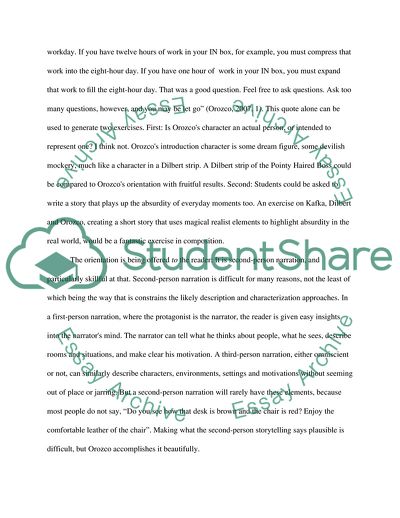Orozco's Orientation Analysis Book Report/Review Example | Topics and Well Written Essays - 1500 words. https://studentshare.org/literature/1749031-paper-assignment
Orozco'S Orientation Analysis Book Report/Review Example | Topics and Well Written Essays - 1500 Words. https://studentshare.org/literature/1749031-paper-assignment.


